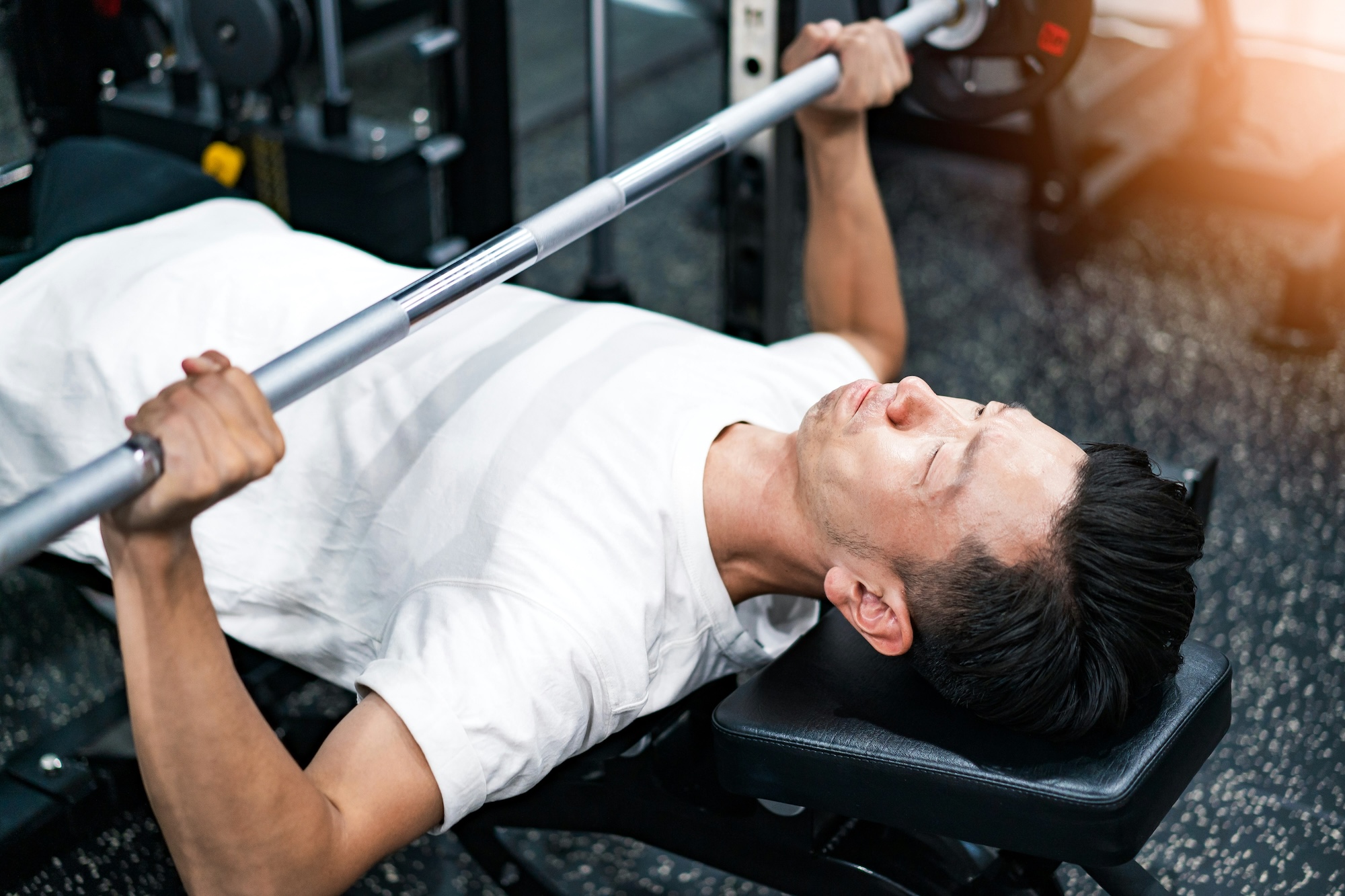Despite what motivational posters will tell you, there is such a thing as going too hard
By Sabrina Gonzalez | Photo by Hailey Kean/Unsplash
In recent years, there has been an increase in the number of reported cases of rhabdomyolysis related to endurance training. Seemingly healthy, active individuals display muscle pains and tea-colored urine, typically after an episode of extreme exercise. Although this condition usually resolves itself when managed adequately, serious and life-threatening consequences can occur if it is left untreated.
Rhabdo… what?
So what is it exactly? Rhabdomyolysis, colloquially called rhabdo, is an uncommon medical condition in which the muscle fibers become severely damaged and break down. It can be caused by a number of situations, including trauma, electrical burns, illegal drug use, and other medical conditions such as heart attacks or strokes. The muscle breakdown results in the release of toxic substances such as myoglobin into the bloodstream. The buildup of these substances in the blood can take its toll on other organs, causing injury.
The most devastating complication of rhabdomyolysis is renal failure, leaving the kidneys unable to function properly and filter the waste products in the body. This can eventually lead to emergency dialysis and, in worst cases, death.
Rhabdo and Endurance Exercise
These days, more and more reports are surfacing regarding exercise-induced rhabdomyolysis, or exertional rhabdomyolysis. Some studies show that even highly trained athletes can experience this condition. As early as the 1980s, reports have shown that military trainees, long-distance runners, triathletes, cyclists, cross-country skiers, and rowers tend to be more prone to developing this condition. More recently, reports have revealed a number of similar cases of rhabdomyolysis occurring after being subjected to specific activities.
Moreover, rhabdomyolysis has also lately become associated with endurance races such as ultramarathons and high intensity workouts such as CrossFit. In 2006, at least five cases of rhabdomyolysis associated with CrossFit have already been reported; a number of other case reports have been published since.
The most devastating complication of rhabdomyolysis is renal failure, leaving the kidneys unable to function properly and filter the waste products in the body. This can eventually lead to emergency dialysis and, in worst cases, death
Risk Factors
Although no specific sport directly causes rhabdomyolysis, several factors seem to increase the possibility of acquiring the condition. Strenuous activities and long workouts with many repetitions, even if using only light loads, can result in muscle fatigue and bring about rhabdomyolysis. Beginners who engage in advanced workouts are also at risk. Other factors include excessive eccentric exercises (such as curls and squats), training in a hot environment, improper hydration when working out, and abrupt increases in exercise intensity and volume, especially in athletes coming from a long break or with inadequate levels of fitness.
Getting it Fixed
Patients with exercise-induced rhabdomyolysis typically exhibit severe muscle pains. Swelling of the extremities may accompany this, along with weakness and tea-colored urine. If you experience any of these symptoms, especially after a hard workout, consult a doctor at once.
The treatment of rhabdomyolysis involves appropriate and timely hydration. Sodium bicarbonate may also be given in order to prevent injury to the kidneys. Rest and recovery are also very important to allow your body to heal.
As with all diseases, prevention is better than cure. Experts suggest proper training and acclimatization, wherein athletes gradually increase their exercises in order to avoid sudden stress on the muscles. Keep yourself adequately hydrated, neither lacking nor excessive, during workouts. Avoid extreme workouts in high temperatures and humid conditions, if at all possible, and wear light clothing. Some experts suggest that both aspiring and advanced athletes get an exercise prescription from a qualified fitness trainer, especially when changing or increasing their workout regimens.
While it is good that the fitness industry is booming and more and more people are adopting an active lifestyle, it would be best to proceed with caution and know your limits. Get a clean bill of health from your medical practitioner before starting any exercise program and choose your fitness activities and instructors wisely. Training and exercise should improve your health, not hinder it.













































